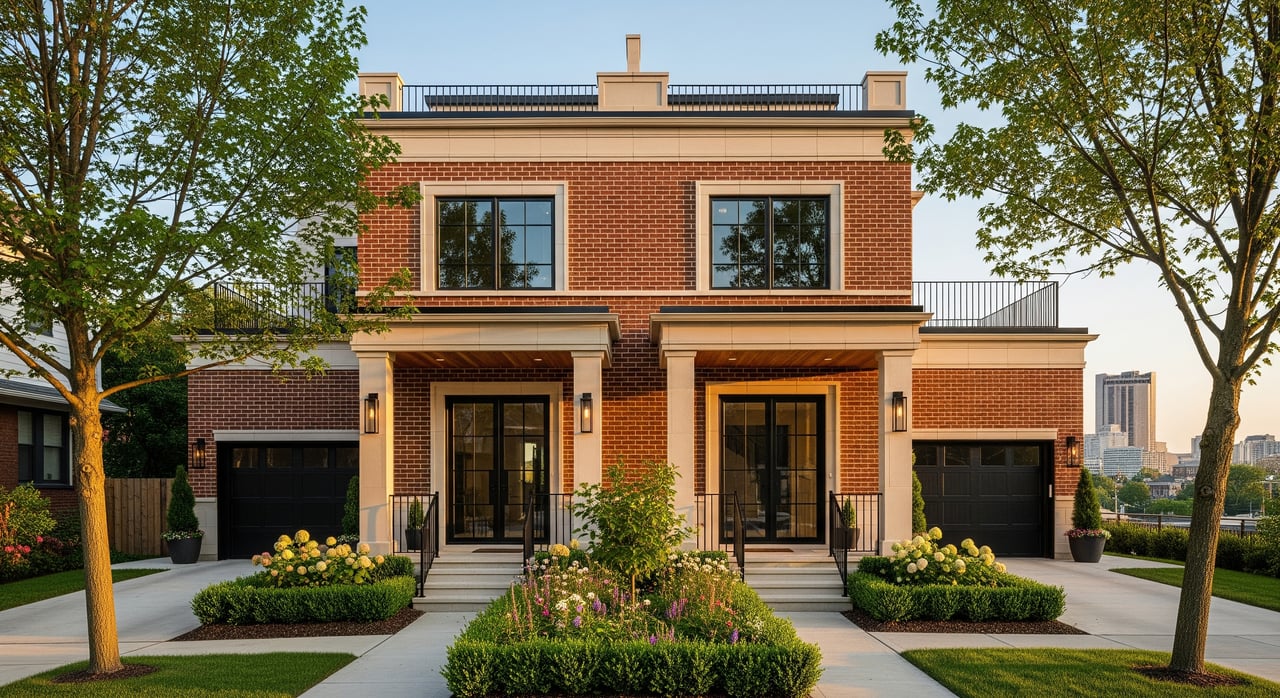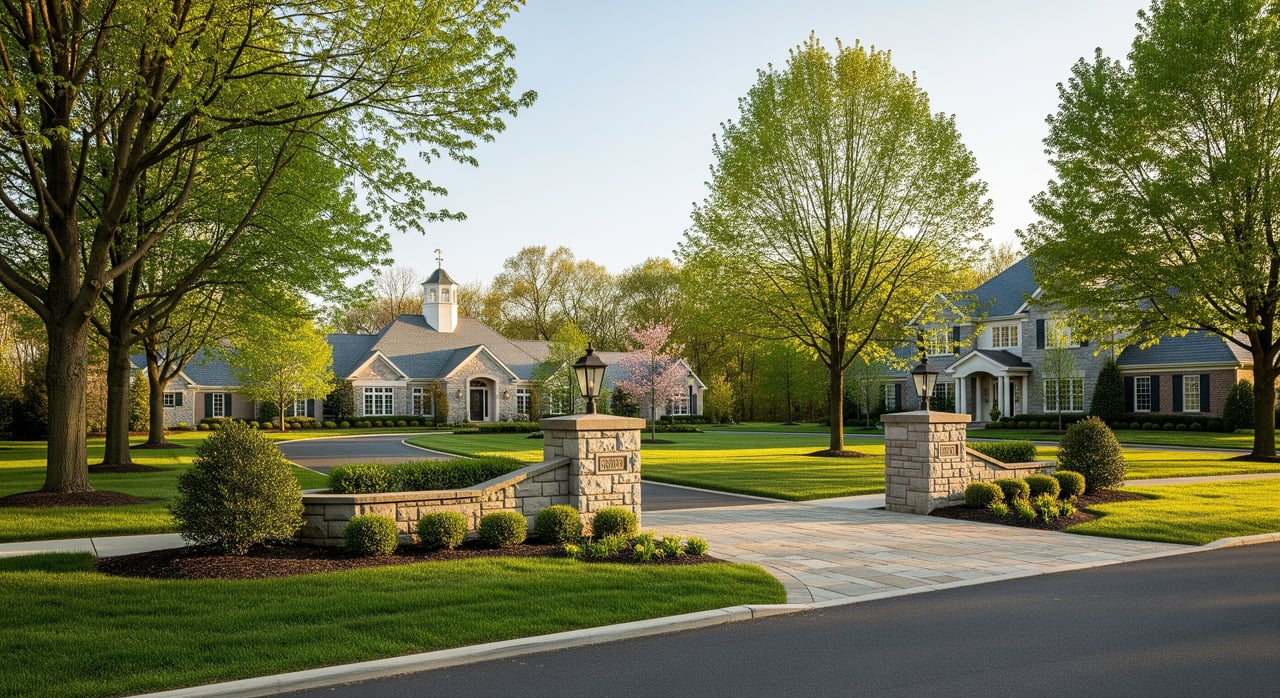Understanding Changes in Multifamily Investments Since 2021: A New Era of Real Estate
The multifamily real estate market has seen significant shifts since 2021, driven by evolving economic conditions, demographic changes, and new investor expectations. For both seasoned investors and those entering the market, understanding these changes is crucial to making informed decisions. Let’s explore the key trends that have shaped the multifamily investment landscape over the past few years.
Post-Pandemic Market Recovery
The real estate market faced severe disruptions during the height of the pandemic, and the multifamily sector was no exception. However, by mid-2021, as the economy began recovering, multifamily investments surged back. Investors found these properties attractive due to the consistent demand for rental units, especially as the housing market became more competitive with rising home prices and interest rates.
With work-from-home flexibility, renters sought larger spaces, leading to increased demand for suburban and secondary market multifamily developments. Investors responded by focusing on developments outside major city centers, where rent growth outpaced urban areas.
Interest Rates and Their Impact
One of the most significant changes since 2021 has been the rapid rise in interest rates. The Federal Reserve’s monetary tightening measures to control inflation have led to increased borrowing costs. For multifamily investors, higher interest rates mean more expensive financing, which in turn has affected pricing, cash flow projections, and overall returns.
Investors who once enjoyed low-cost debt are now facing tighter margins, making it crucial to reassess financing strategies and portfolio management. Leveraging creative financing options, such as preferred equity or joint ventures, has become a more common practice to navigate these new economic realities.
Migration Patterns and Demographics
Since 2021, migration patterns across the U.S. have reshaped multifamily demand. The Sunbelt region, including states like Florida, Texas, and North Carolina, has been a major beneficiary of this trend. A significant number of people have relocated from high-cost urban markets to more affordable regions with attractive tax incentives, warmer climates, and a lower cost of living.
For investors, this migration has meant opportunities in markets where rental demand is rising, and cap rates remain favorable. Markets in Columbus, Ohio, and similar metropolitan areas have also seen an influx of younger renters and professionals, driving demand for multifamily units.
Technology and Tenant Expectations
Multifamily investments have evolved with new technology that enhances tenant experiences. Post-2021, smart home amenities, energy-efficient appliances, and integrated digital platforms have become standard expectations for renters, particularly in luxury multifamily properties. Investors who adapt to these preferences, ensuring their properties are equipped with modern amenities, can command higher rents and attract quality tenants.
Furthermore, property management technology has advanced significantly, offering streamlined operations and data analytics tools that allow investors to manage their properties more efficiently.
Supply and Demand Dynamics
Another key change has been the supply constraints in the multifamily sector. Despite strong demand for rentals, labor shortages, supply chain disruptions, and increased construction costs have slowed the pace of new multifamily developments. This imbalance between supply and demand has contributed to rising rental rates across many markets, benefiting existing investors with stabilized properties.
However, developers and investors must now be more strategic in planning new projects, ensuring that projected rents and yields justify the higher construction and financing costs.
ESG (Environmental, Social, Governance) Considerations
Since 2021, ESG criteria have gained prominence in multifamily investing. Investors are increasingly looking to develop properties that align with sustainable practices and offer eco-friendly living environments. Energy-efficient buildings and green certifications have become important for attracting both tenants and institutional investors. Focusing on ESG factors not only provides long-term cost savings but also aligns investments with broader industry trends toward responsible and sustainable development.
Final Thoughts
The multifamily investment landscape has experienced profound changes since 2021. From interest rate hikes to shifting demographics and the demand for tech-forward, sustainable living spaces, the market has both challenges and opportunities for investors. Success in this evolving market requires staying informed, adapting investment strategies, and leveraging the right technologies to maximize returns.
For investors in Columbus, Ohio, and beyond, now is the time to evaluate your portfolio, explore new market opportunities, and ensure your multifamily assets are positioned for success in this new era of real estate. Please contact us for further information or schedule a time to meet!
Cece Miller, Certified Luxury Home Marketing Specialist and top 1% producer, specializes in real estate investments across Columbus, Ohio.




